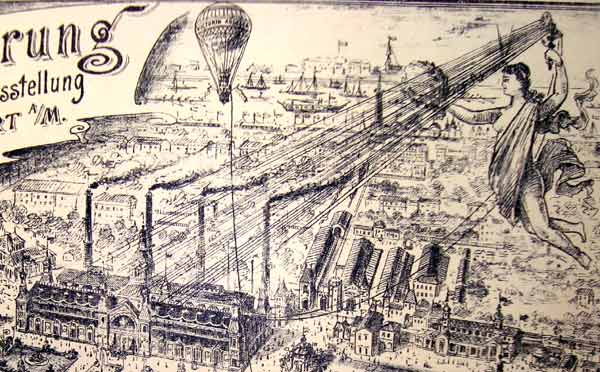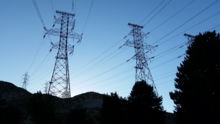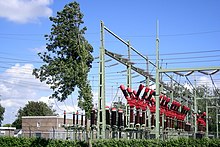History Of Electrical Appliances

Direct Current Beginnings;
DC power systems dominated in the 1870's and 1880s. "Small" systems were sold to factories around the world, both in urban areas, and remote undeveloped areas for industrial/mining use. Thomas Edison, Charles Brush, and Werner von Siemenslead the industry in DC systems. DC systems powered factories and small downtown areas but did not reach 95% of residents. Electric lighting was a luxury found only in hotels and other businesses as well as in the mansions of people like George Westinghouse and J.P. Morgan.
The first methods used to power both DC and AC generation plants were coal-fired steam engines and hydroelectric power. Since most industrial cities were already located at waterfall/rapids, utilizing traditional mill power it was natural to convert to hydroelectric power. Learn more about methods of power generation on our page here.
Since coal was costly, early business people envisioned sending great power over distance from dams to cities not already blessed with reliable hydro power. To send DC power over distance one needed to use high voltage:
HVDC Power - This was the first method of transmitting electric power over distance. HVDC is the oldest and "newest" method of distance transmission, today it has reemerged in an advanced form to possibly replace major AC high-voltage routes.
Alternating Current
AC Power provided the solution to distance transmission. AC also provided a solution to interconnect generation sites. The development of the 3-phase AC power system in the late 1880s proved the effectiveness of the system and electrification of entire cities and regions began in the 1890s.
How To Ran Industrial Electricity
The electric power industry covers the generation, transmission, distribution and sale of electric power to the general public and industry. The commercial distribution of electric power started in 1882 when electricity was produced for electric lighting. In the 1880s and 1890s, growing economic and safety concerns lead to the regulation of the industry. What was once an expensive novelty limited to the most densely populated areas, reliable and economical electric power has become an essential aspect for normal operation of all elements of developed economies.
By the middle of the 20th century, electricity was seen as a "natural monopoly", only efficient if a restricted number of organizations participated in the market; in some areas, vertically-integrated companies provide all stages from generation to retail, and only governmental supervision regulated the rate of return and cost structure.
- Since the 1990s, many regions have broken up the generation and distribution of electric power to provide a more competitive electricity market. While such markets can be abusively manipulated with consequent adverse price and reliability impact to consumers, generally competitive production of electrical energy leads to worthwhile improvements in efficiency. However, transmission and distribution are harder problems since returns on investment are not as easy to find.












0 comments:
Post a Comment